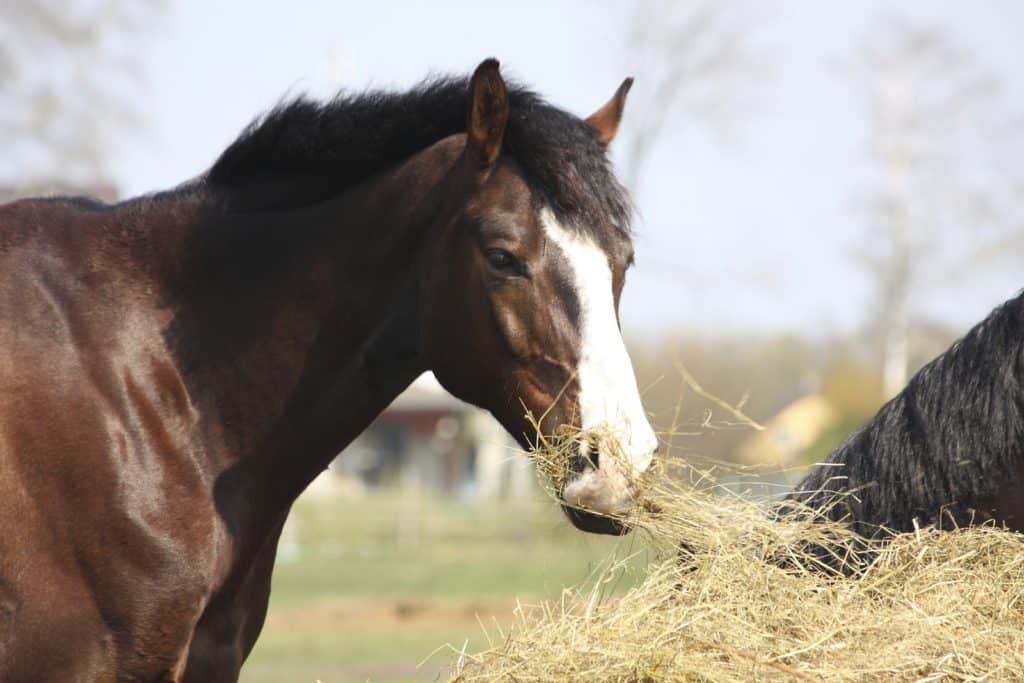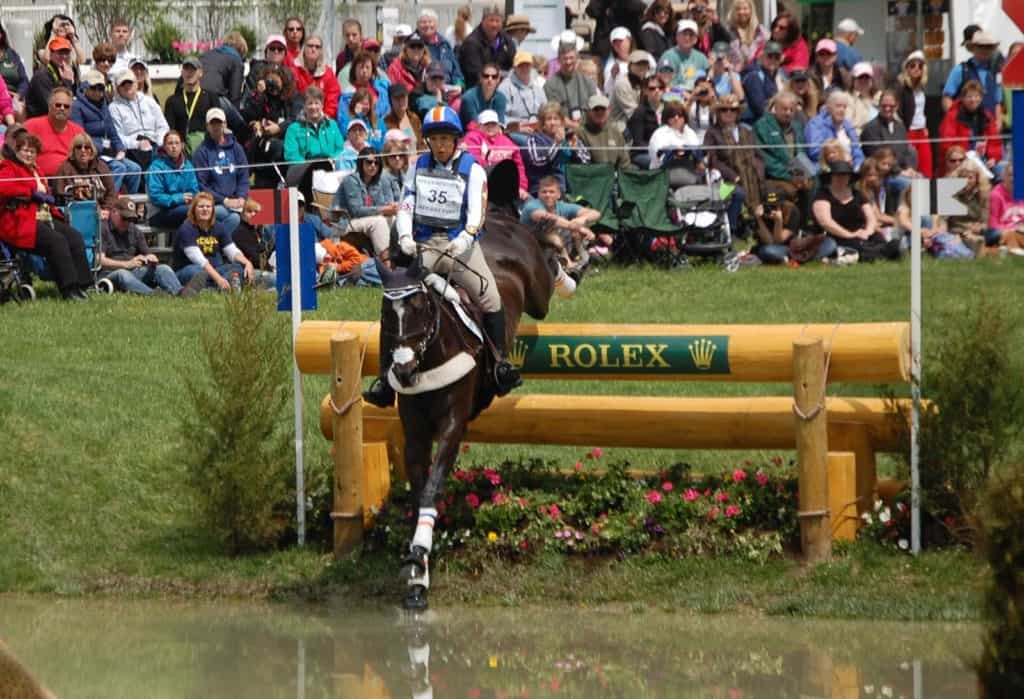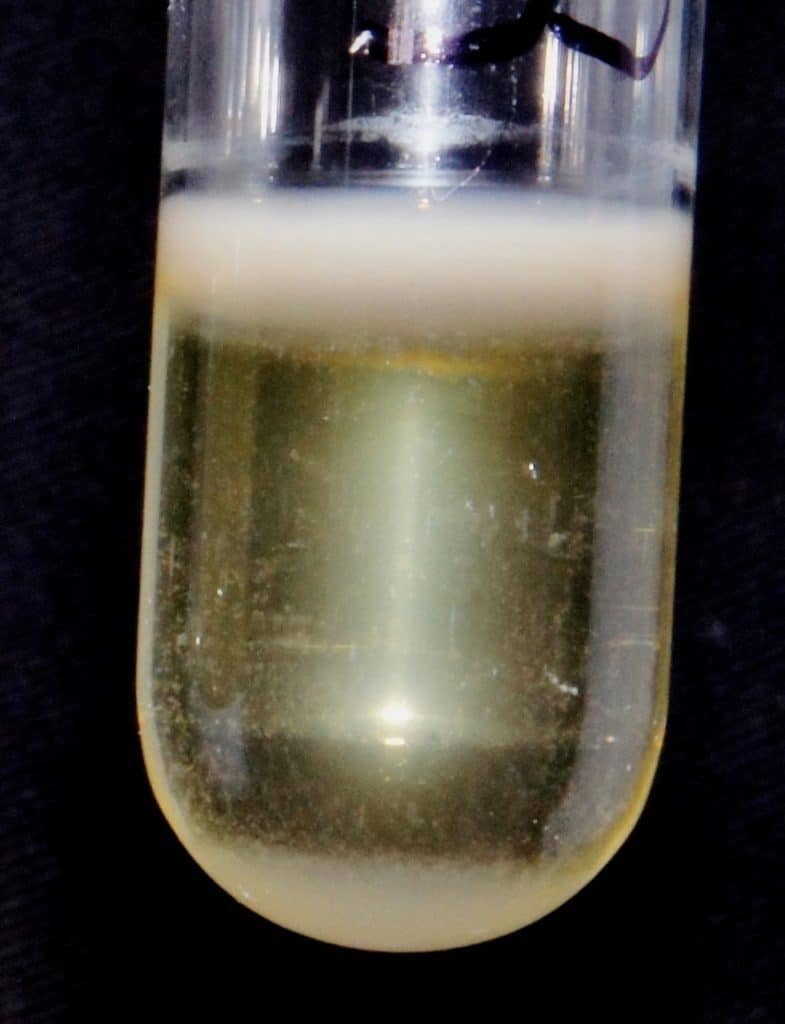
Acyline to Suppress Stallion Testosterone Levels
Researchers determined that acyline can reduce stallion testosterone concentrations to as low as those of geldings.

Researchers determined that acyline can reduce stallion testosterone concentrations to as low as those of geldings.

Unilateral TMJ inflammation not only affects the way horses chew but also likely creates a certain level of pain.

Take a behind-the-scenes look at how the group provided care to more than 300 working equids in Southern Honduras.

Joint health and mobility supplements were the most frequently used in both disciplines, researchers found.

Researchers found that “an unexpectedly large number of normal horses” had temporomandibular joint (TMJ) variations.

Standardbreds training over shorter distances lost fewer training days to injury, but still raced successfully.

No single agent reliably disrupted biofilm in all tested bacteria, but several were effective against specific species.

This hormone-secreting tumor can form in horses’ adrenal glands, potentially causing damaging high blood pressure.

Frequent findings included osteoarthritic changes, sclerosis, and mild bone spurs, among others.

Corneal degeneration and calcific band keratopathy are a lot alike, but have some key differences, researchers found.

Researchers found a distinct link between dominance rank and parasite load in horses that had never been dewormed.

Start planning early to make the transition away from mom as smooth as possible.

Submitting blood and nasal secretion samples gives vets the best chance of accurately diagnosing EHV, researchers found.

None of the 26 study horses suffered nephrosplenic entrapment recurrence following surgery.

Hypoglycin A is the toxin behind the potentially deadly muscular disease atypical myopathy.

The overall pregnancy rate in this study was 90% and, on average, mares got back in foal about 45 days after abortion.
Stay on top of the most recent Horse Health news with
"*" indicates required fields